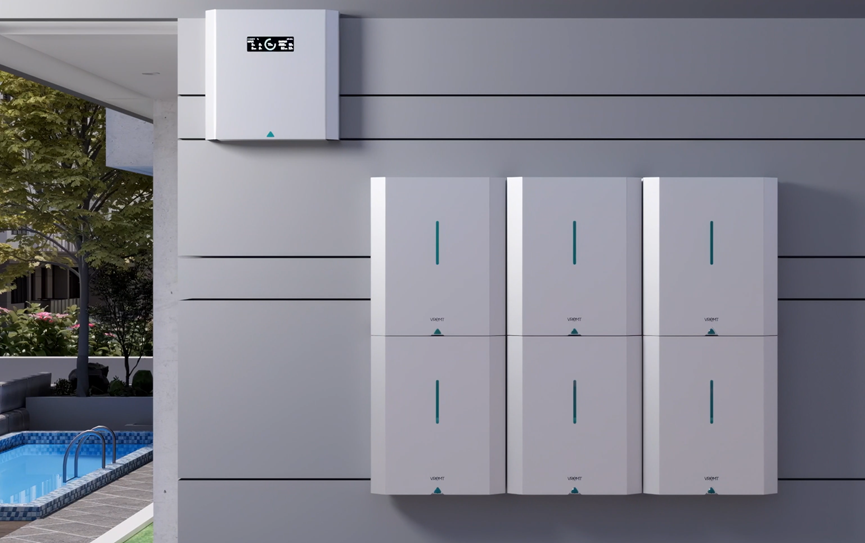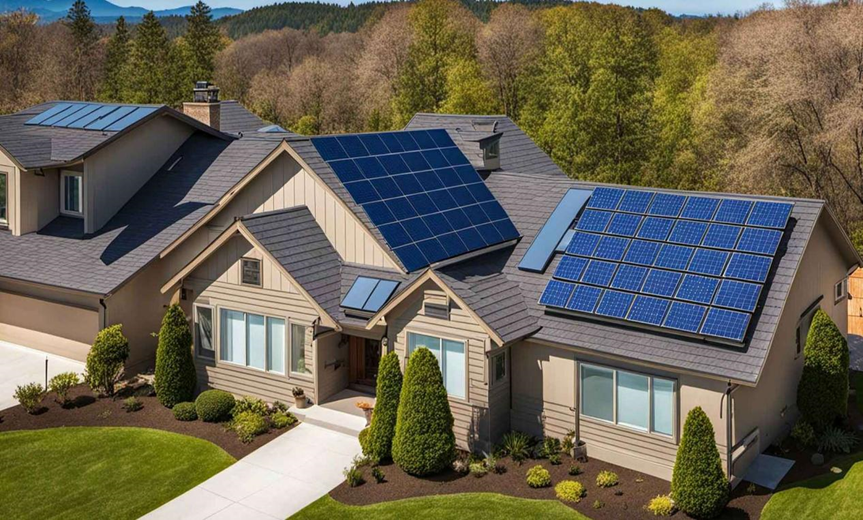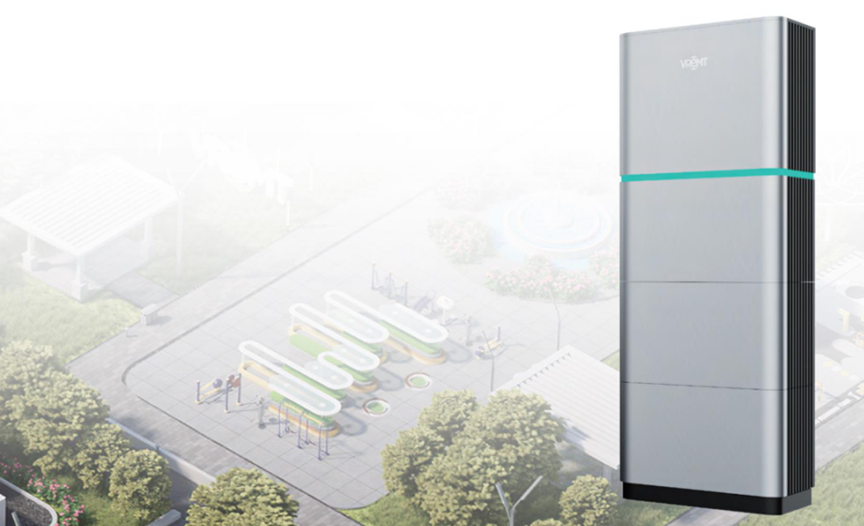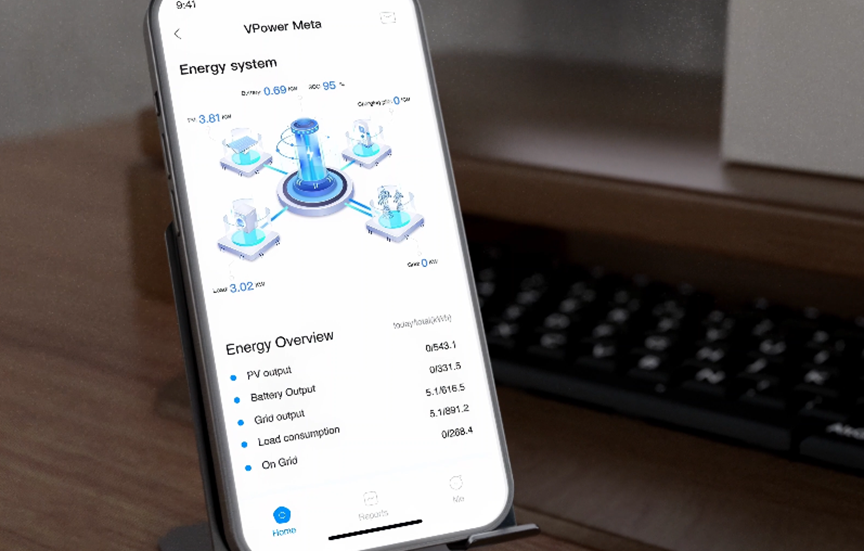In an era where environmental awareness and sustainable energy consumption are becoming mainstream, an increasing number of households are turning to residential energy storage systems. These systems not only revolutionize how we consume energy but also provide top-tier solutions for managing it efficiently at home. Let's dive into how you can effectively implement a residential energy storage system and jumpstart a life of energy efficiency and reduced emissions with VREMT.

Step 1: Understand the Basics of Residential energy storage
To begin an efficient energy storage lifestyle, it's crucial to grasp the fundamentals of how these systems work. Typically, energy costs are lower at night or during off-peak hours and higher during late afternoons and evenings. This is the prime time to store energy using systems like VREMT's innovative G3AIO. By storing energy when it’s cheapest and using it when rates spike, you can significantly reduce your electricity bills.
Step 2: Assess Your Home's Energy Usage
Before choosing an energy storage system, conduct a detailed assessment of your home's energy usage. Analyze the power requirements of various appliances and identify peak usage times. This data will help determine the necessary storage capacity to ensure there’s always enough power when you need it most.

Step 3: Pick the Right Installation Spot and Provider
Selecting an optimal location for your energy storage system is crucial. It should be placed in a dry, well-ventilated area with moderate temperatures to prevent efficiency losses and extend the system’s lifespan. Choosing a reputable provider is equally important. VREMT not only offers excellent customer service but their devices, like the G3AIO, are a testament to professional, efficient, and intelligent design. The G3AIO system features a 5-in-1 integrated design, capable of endless cycling with a high-capacity battery, ensuring that your home is powered effectively and sustainably.

Step 4: Utilize a Smart Energy Management System
With VREMT’s G3AIO, managing your home’s energy becomes effortless thanks to its Energy Management System (EMS). This system allows you to monitor and control your energy consumption in real-time via a smartphone app, ensuring that every kilowatt is used optimally.
Step 5: Leverage Policy Support and Incentives
Understanding local policies related to residential energy storage is key. Many regions offer subsidies, tax incentives, or other financial benefits to encourage the adoption of green energy solutions. These incentives can significantly lower the initial costs of installing a residential energy storage system, making sustainable living accessible to more households.

Residential energy storage is rapidly becoming a global trend, with more families embracing systems like VREMT’s G3AIO to achieve self-sufficiency in energy. As these systems continue to gain popularity, it’s clear that the day when residential energy storage becomes mainstream is just around the corner.
